My last post was about the walk out to Rue lighthouse. This is the photographs of the wildlife I took while out on the trail. I hopefully will give them the right I.D, so I hope you enjoy the photos.
So the first photos show the Eider duck.

Next up is three photos of a Curlew ( NUMENIUS ARQUATA)


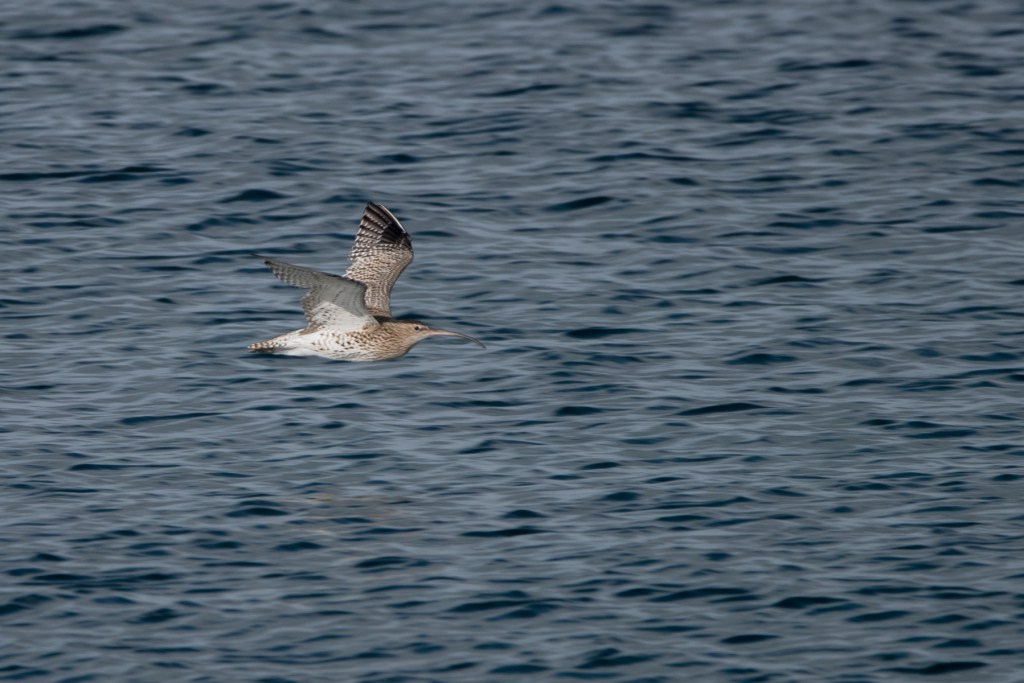
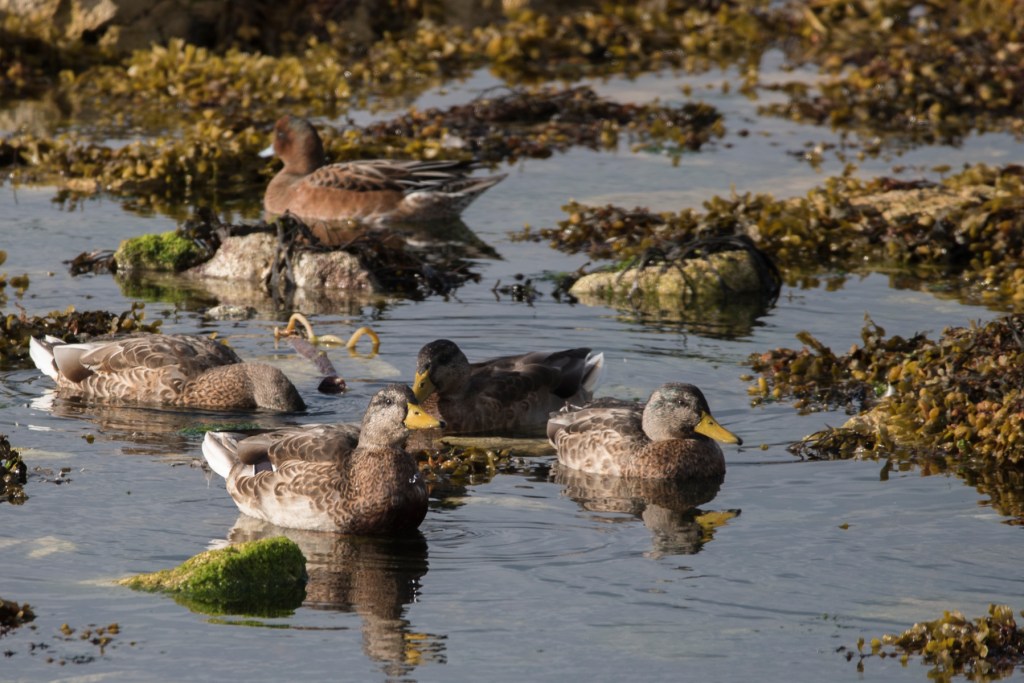
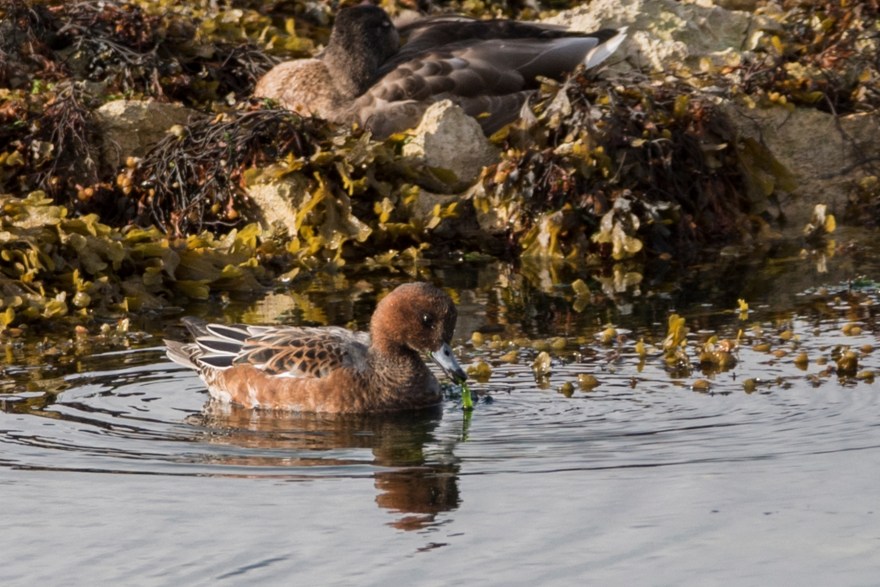
The first bird to be photographed has I move away from the coast is a Stonechat (male) sitting on a wire fencing.

The Coot is up next, this is a very common bird here in Ireland found on all types of water ways.

The next bird I post on my last blog post has a Golden eye, after looking closer I think it’s a female Tufted Duck

I’m now off road and walking up towards the clipp top trail when I hear the call of a Buzzard (BUTEO BUTEO)

Just before the cliff top trail a flock of Curlew’s flew pass.
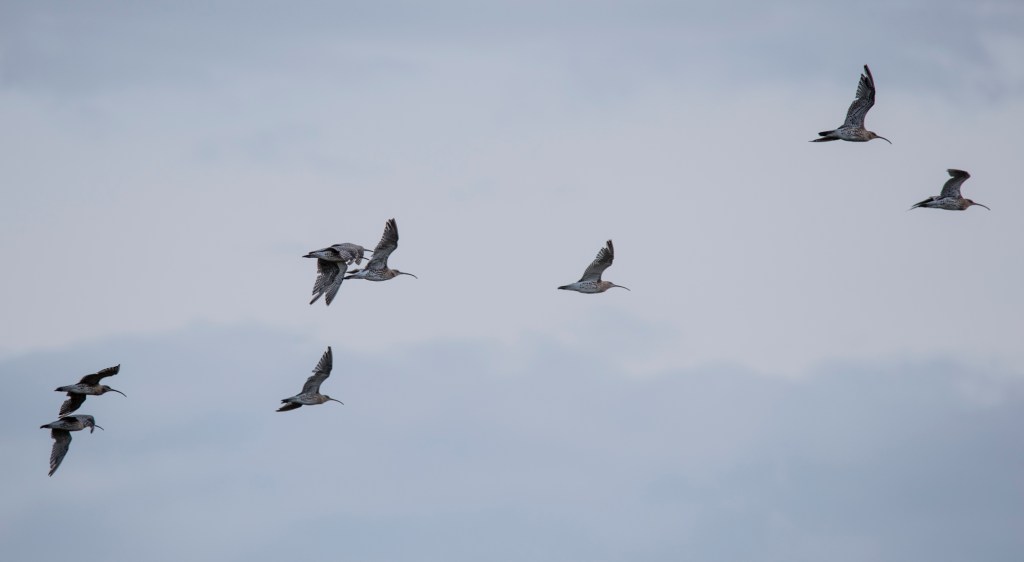

The next batch of photographs were taken from the ruin cottages down by the coast near Rue lighthouse
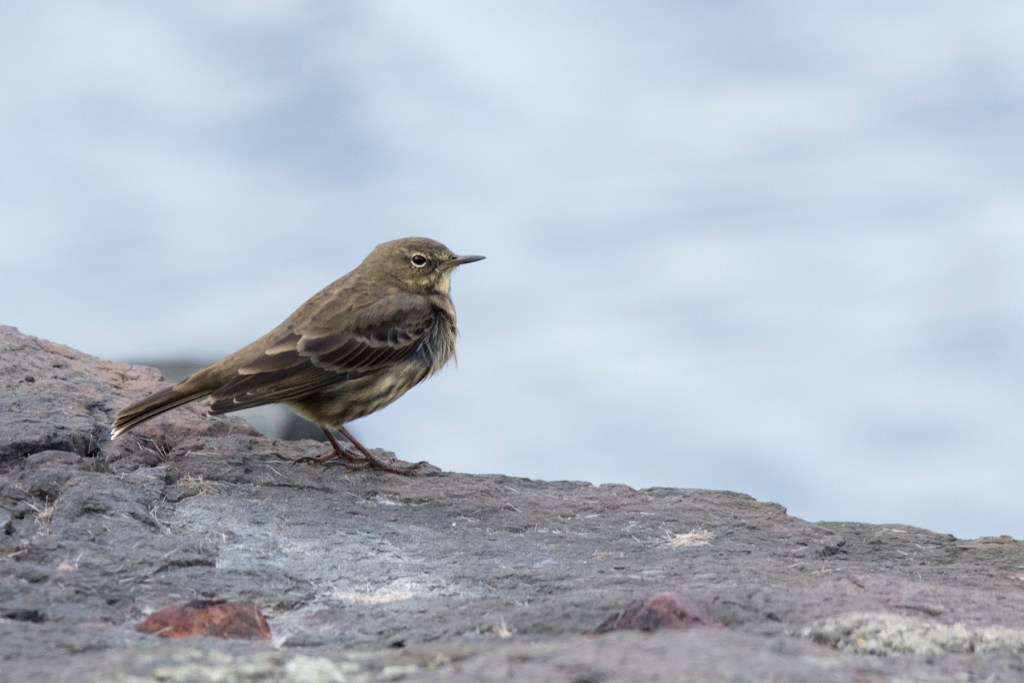




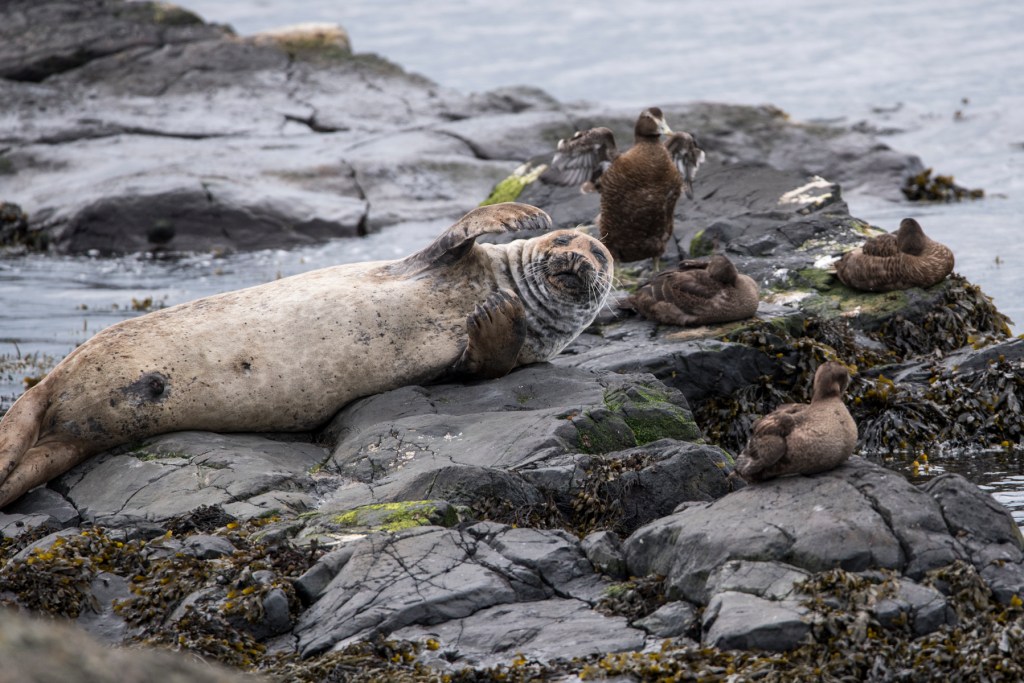

The walk back to Church Bay was by road, and it along the first mile this photo’s were taken.
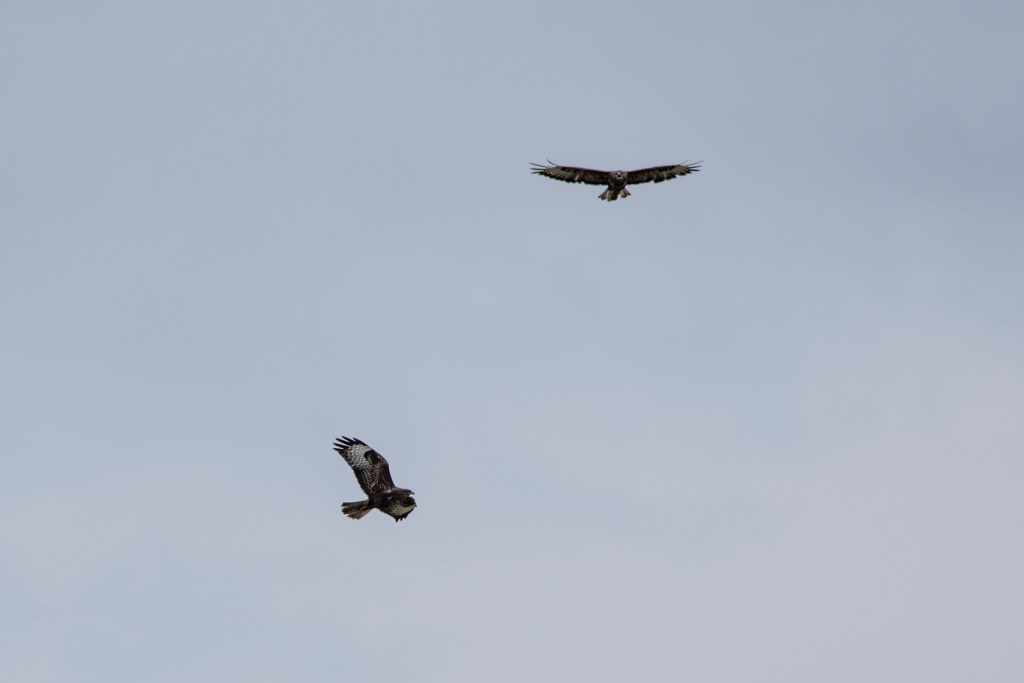



I have just got back to walking along the coast, a small sandy beach nests in the rocky coast line. I blimb down a take a seat on a sandy bank at it’s edge. It’s from here I get some of the small waders feeding here.


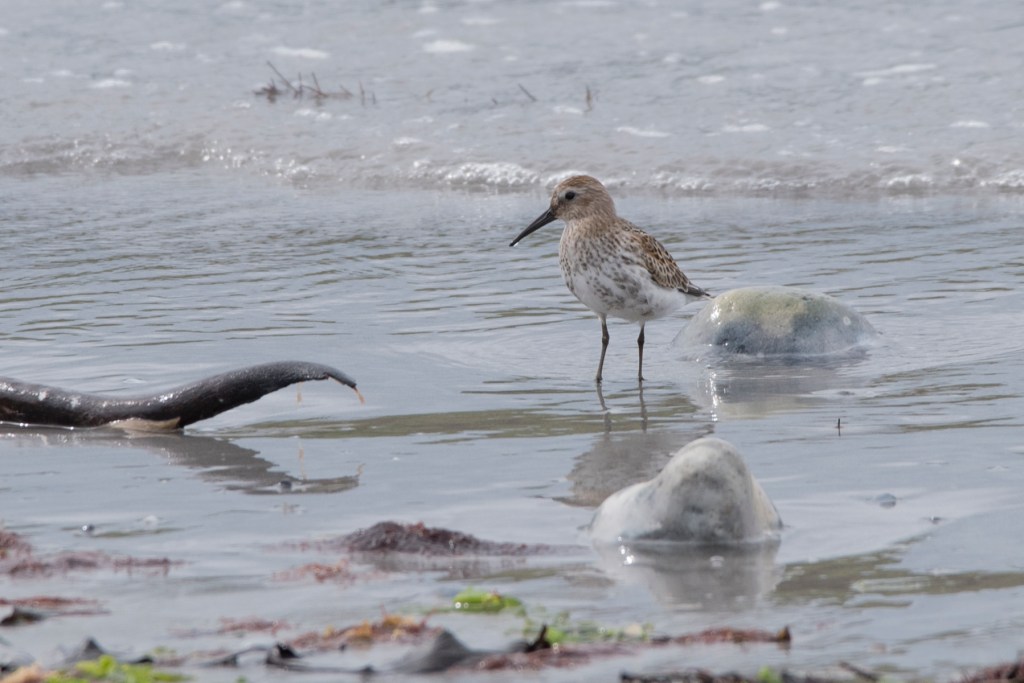


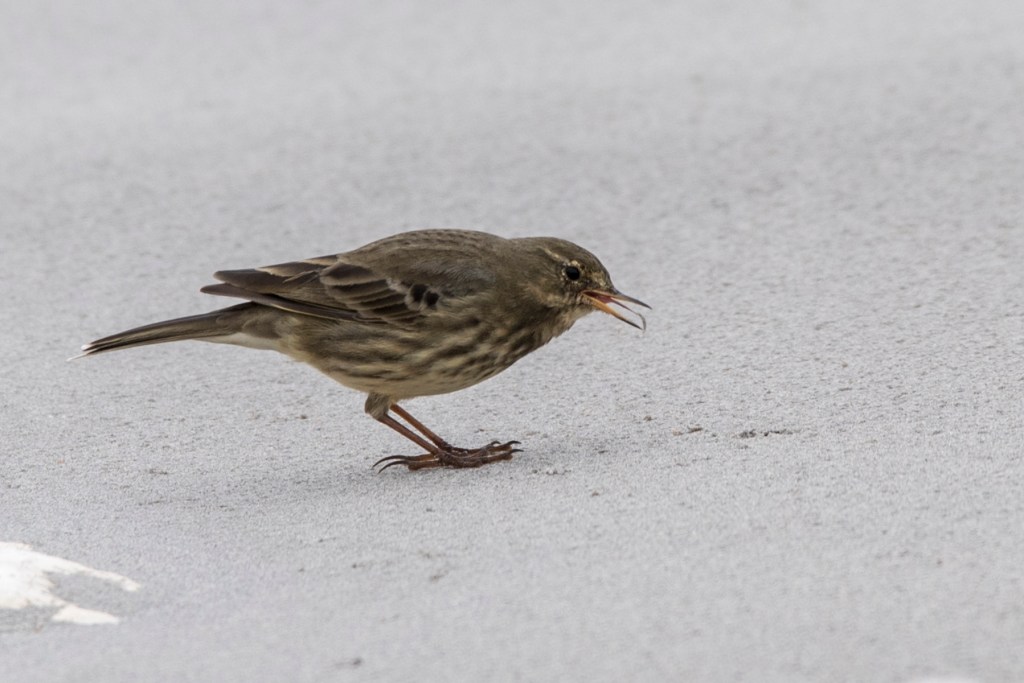

These are the last birds I photographed before entering the village. Again I’ll leave you with this photo of the Kelp house .
thank you for viewing
George mcNeill.



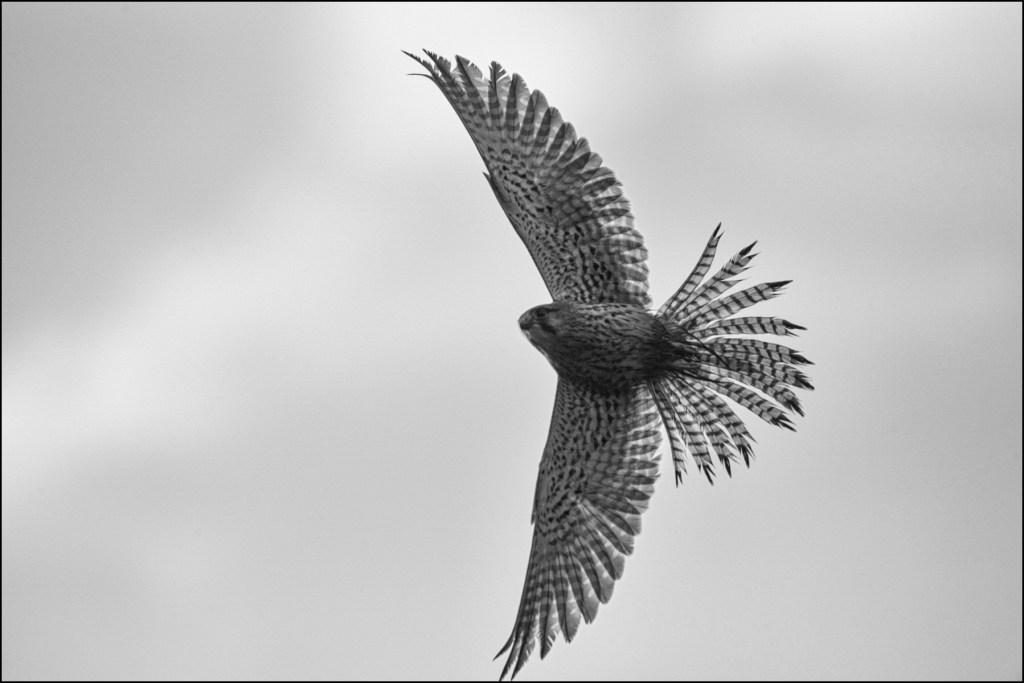





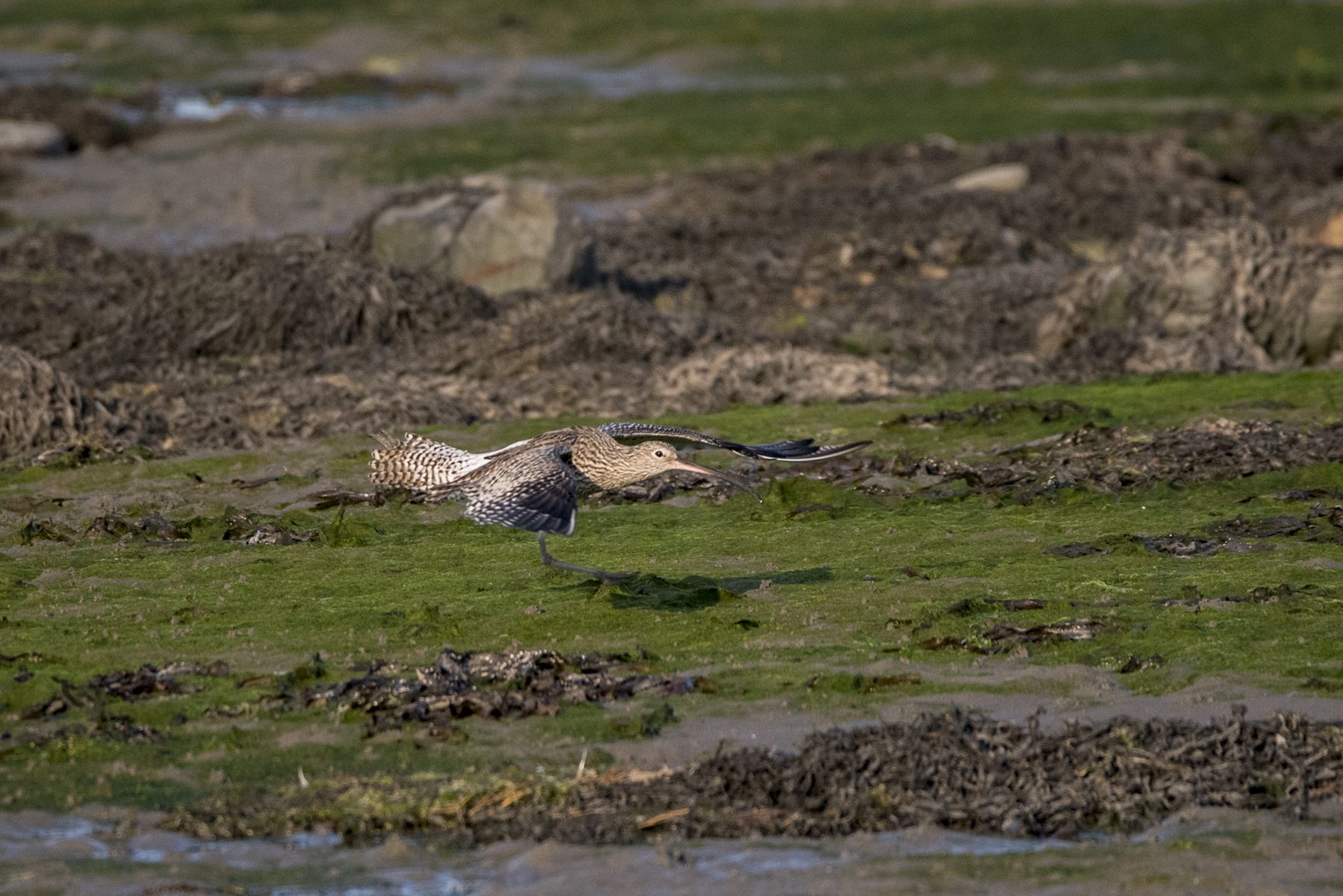
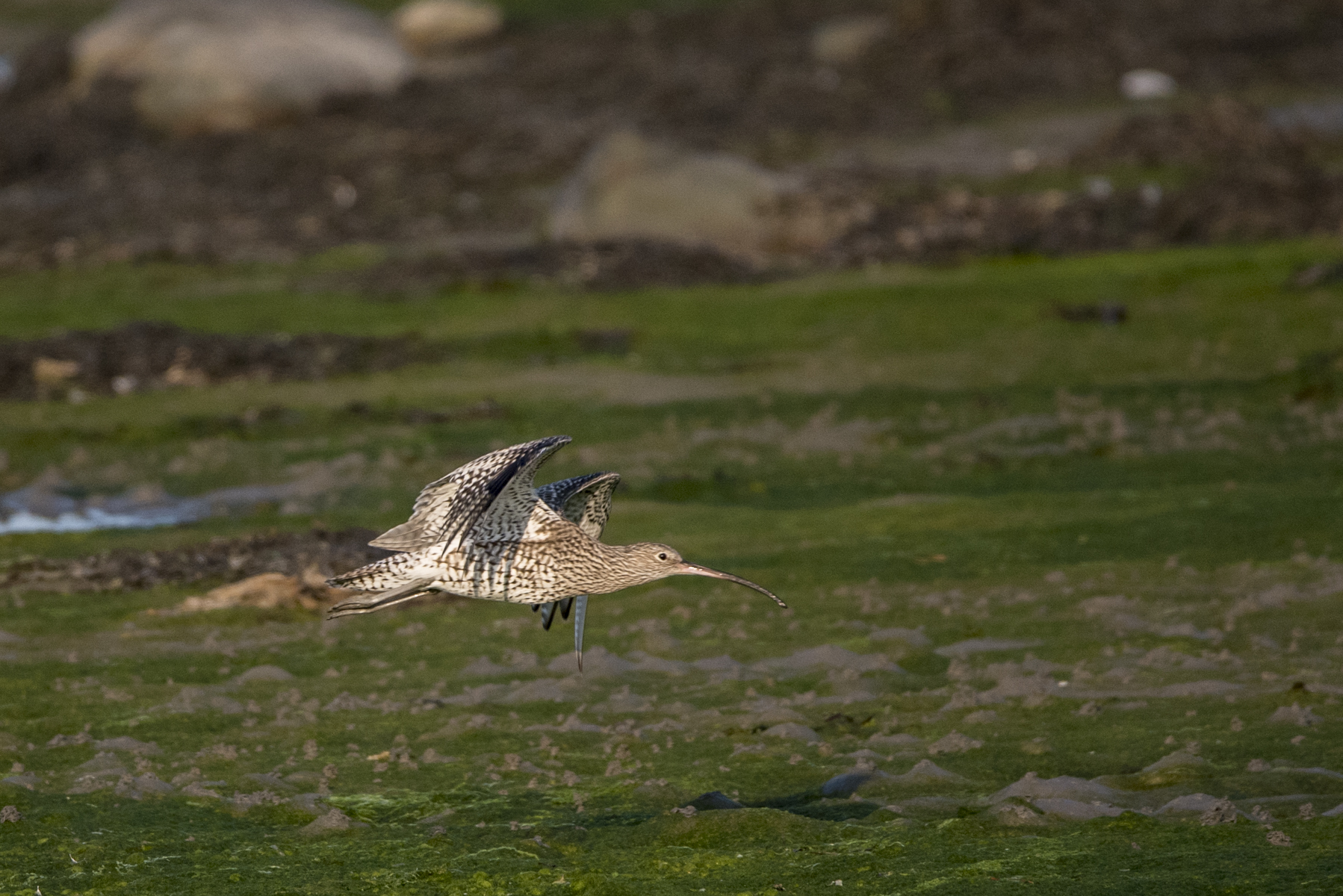
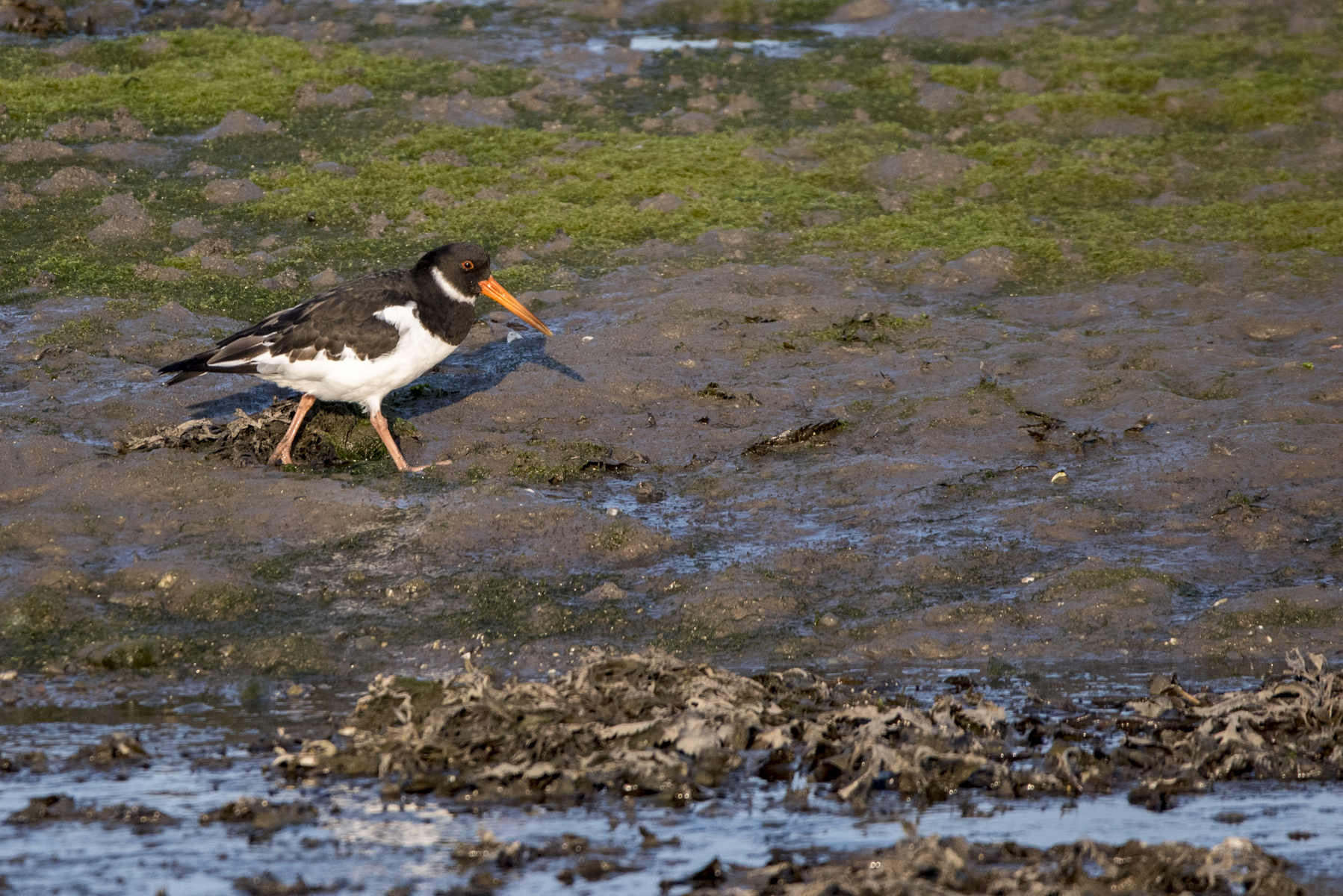














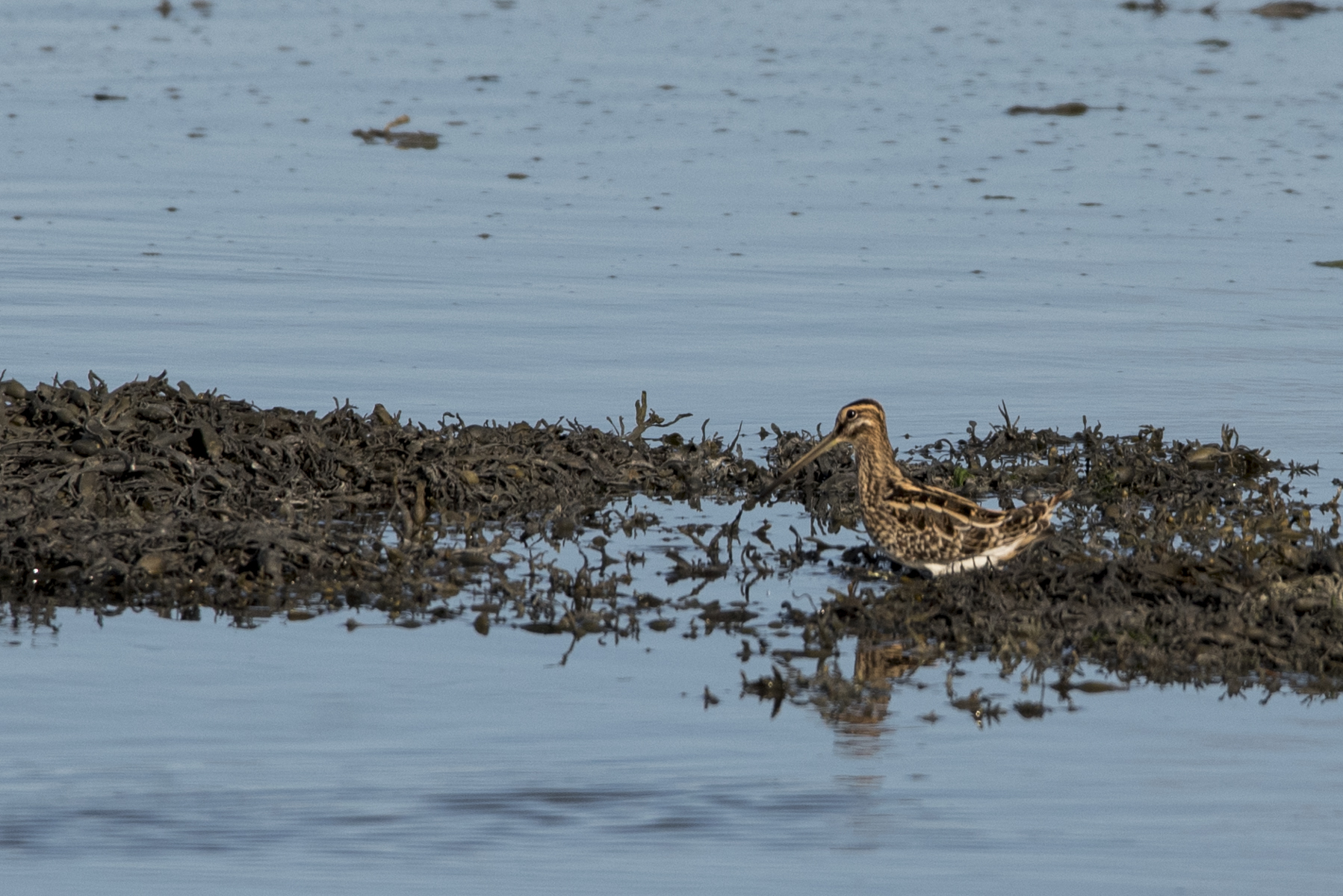


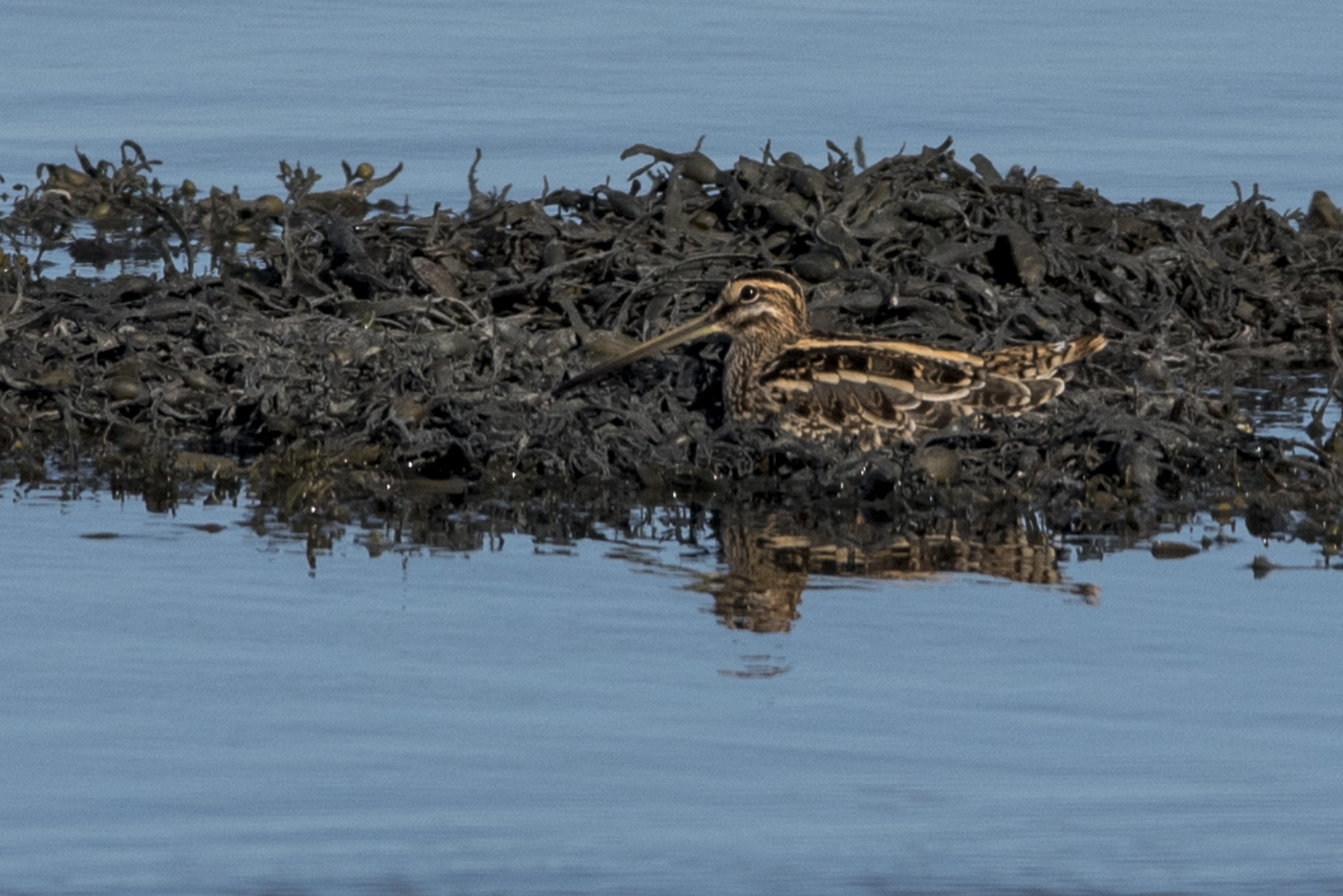






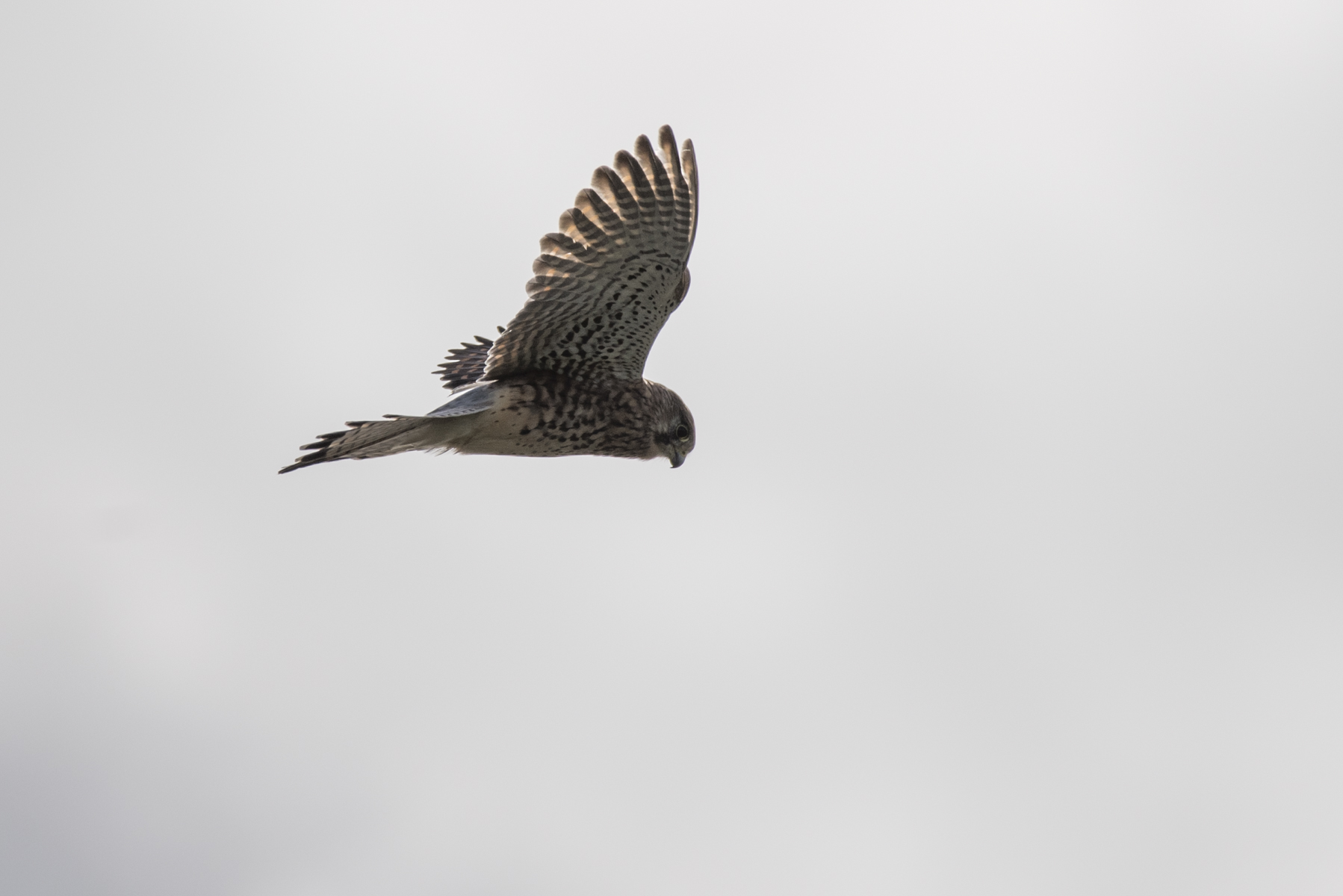
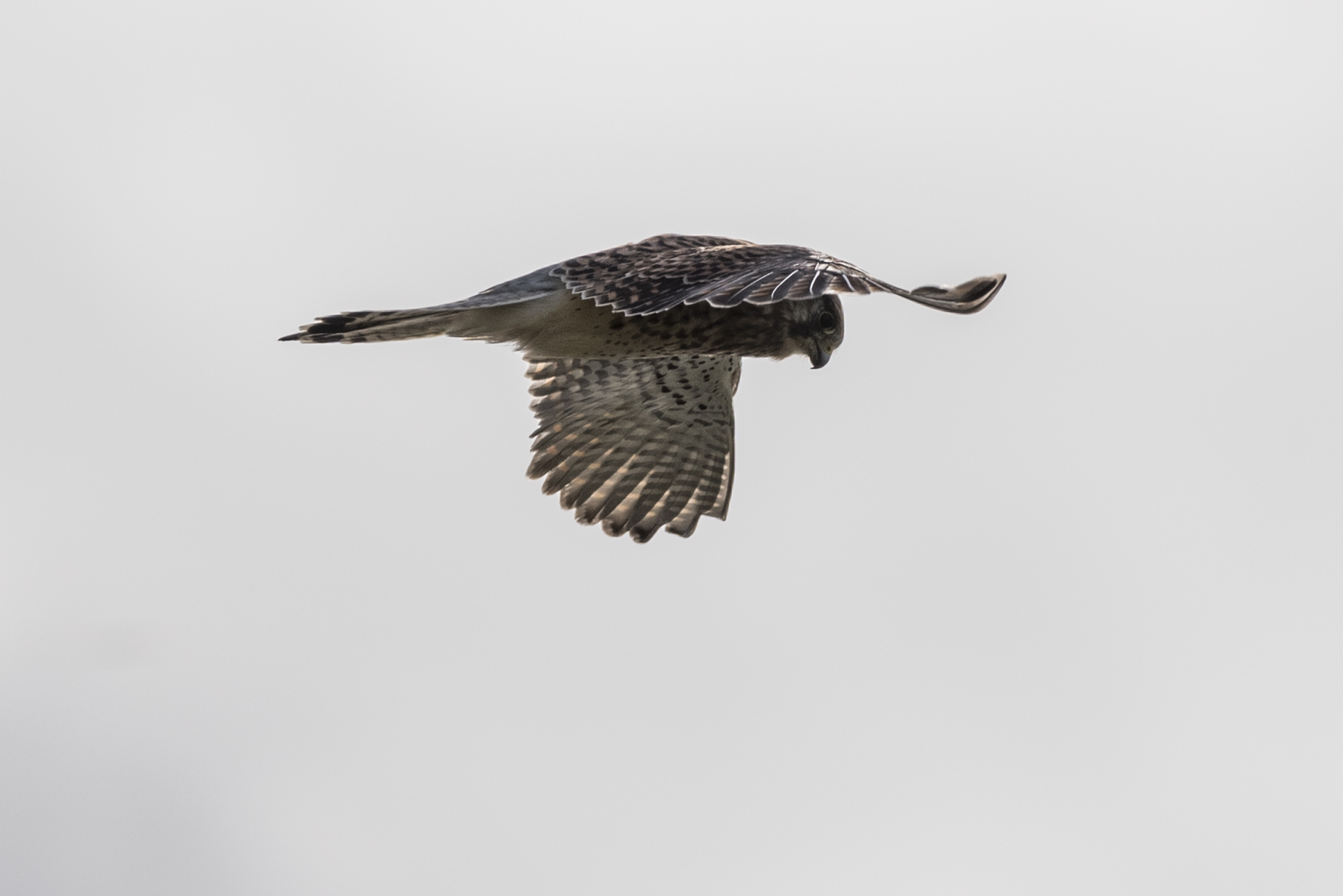


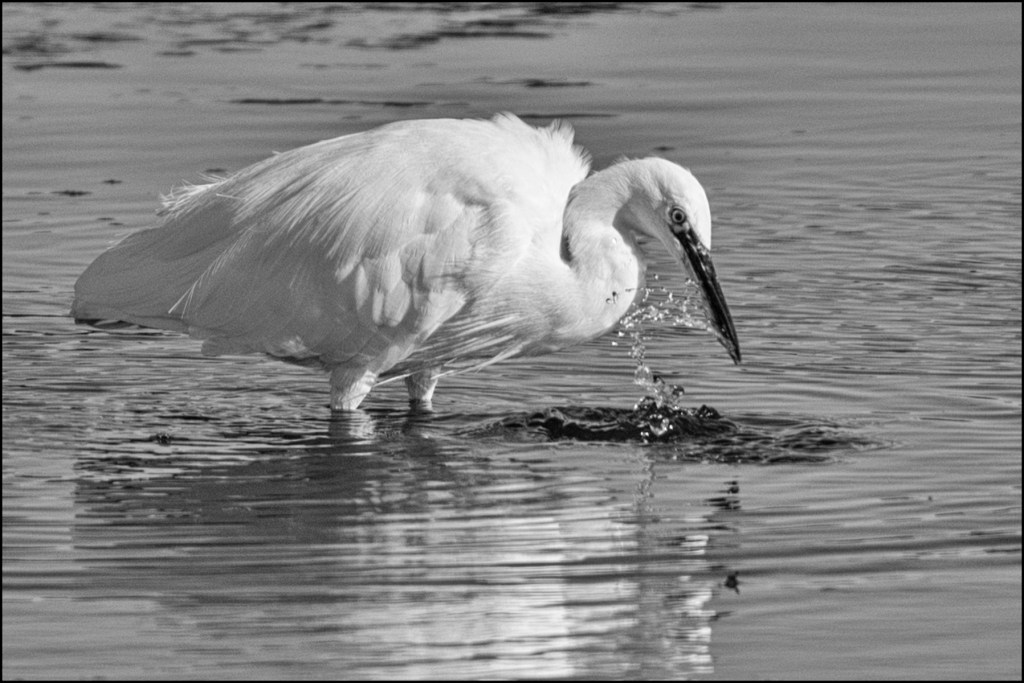






You must be logged in to post a comment.